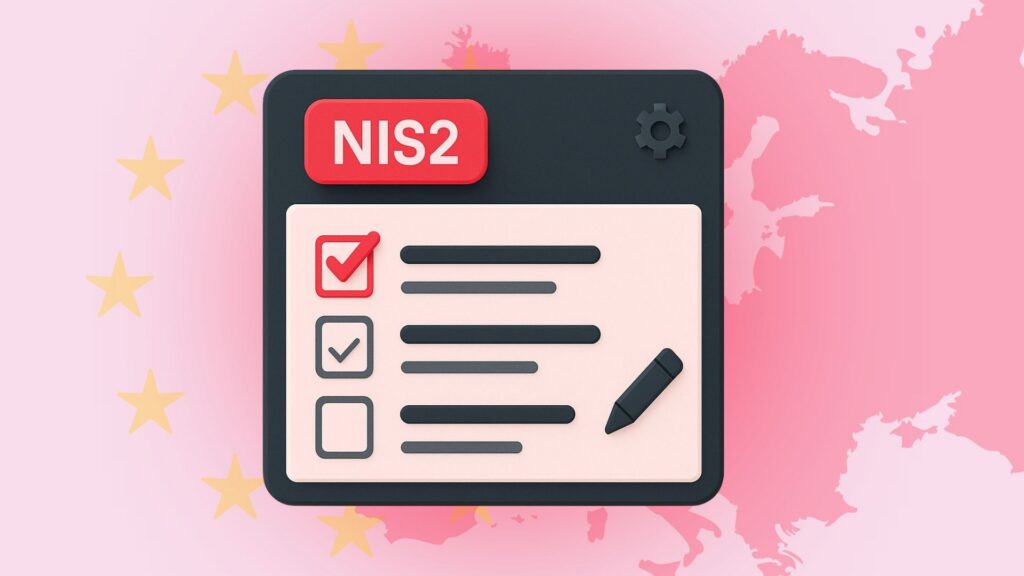Imagine a family game night filled with laughter and friendly competition. Among the board games and card decks lay a Rubik’s Cube. The rainbow color palette on a cube looks like a world of fun.
A kid short of spot to play the big game decided to pick it up and give it a try. As expected, a newbie approached a Rubik’s Cube with excitement but lacked strategy. He randomly twisted and turned the cube’s sides without understanding the solving methods.
Lack of knowledge led to impatience. Impatience to frustration. He failed to notice essential patterns. The frustration then led to YouTube videos. He watched Max Park’s record-winning solving. Instead of boosting morals, it all resulted in further irritation with his lack of ability. Finally, he tossed the cube.
The kid with a Rubik’s Cube is pretty much how BI integration plays out sometimes.
Indeed, introducing BI can feel like the best idea in the world. The benefits are nothing short of amazing. But, the issue lies in jumping on the bandwagon without siping the right dose of reality first. And the reality is this.
Merging BI with the current IT setup is very complex.
So, to overcome external challenges, let’s focus on managing internal ones first.
Understanding The Challenges

Firstly, (1) the diverse set of existing systems. From antiquated databases to proprietary applications, each presents its own compatibility puzzle to solve. And that is if these systems turn out to be integration-ready. Some systems conflict with any idea of change your business wants to see. Sometimes there’s hope but sometimes there’s no point in fitting a square box into a round hole.
Then there’s (2) the issue of data compatibility. BI tools often struggle to mesh with existing data formats, schemas, and databases, leading to headaches for IT teams trying to make everything play nicely together.
In a third spot, and often overlooked, is the (3) data collection quality. Old systems often don’t do a good enough job in obtaining data. Frankly, this happens to be the crucial part of gathering “business intelligence”.
Uber’s success isn’t about big data; it’s about leveraging small, timely insights directly from customers. Think user’s location when people need a ride. Nest cross-sells small smoke detectors, and video cameras to make their solutions complete. Tesla outfits its vehicles with a bunch of sensors that allow them to analyze driver behavior and provide autopilot capabilities. That’s the source of intelligence – the ability to collect the data.
But perhaps the biggest challenge of all is (4) integration complexity. Integrating disparate systems requires navigating a maze of data migration and synchronization processes. One wrong move and the process can tear up like a sweater caught on a nail.
In the face of these challenges, companies must proceed with caution, a healthy dose of patience, and cultural support. Also, they need to establish what they absolutely must do with the BI. Only then can companies pinpoint the parts that need to change to unlock the full potential of their data.
BI Integration Best Technical Practices
To streamline business intelligence (BI) integration, several best practices can help alleviate the pain points associated with the process.
For starters, (1) adopting a standardized approach to data integration is crucial. This involves establishing clear data formats, schemas, and protocols across all systems to ensure compatibility and consistency. By standardizing data integration practices, companies can minimize errors, identify the showstopper systems, find workarounds, and streamline the integration process.
Second, (2) investing in robust integration technologies – such as the Azure Data Factory tool – can make the process a lot smoother. These tools help you centralize data, from data extraction, and transformation to loading processes. Most of all, they reduce the manual effort required and minimize the integration costs and errors later on. Additionally, these tools offer features like data cleansing and validation that can further enhance data quality and reliability.
Furthermore, (3) prioritizing data governance and quality assurance is essential. Using data governance frameworks helps ensure data integrity, security, and compliance throughout the integration process. By enforcing data quality standards and conducting regular audits, companies can mitigate risks and maintain trust in their BI systems.
Lastly, (4) fostering collaboration between the company that’s leading the integration process, internal IT, and business stakeholders is key to successful BI integration. By gathering everyone’s feedback iteratively, companies can make sure that the BI solution is spot-on. Collaboration also facilitates knowledge sharing and alignment of goals, leading to more effective BI implementation.
Important Preliminary Steps Companies Should Take To Integrate BI

#1 “Cultural priming”
Before diving headfirst into BI integration, it’s crucial to lay the groundwork for a smooth transition. When employees and stakeholders understand what BI really is, they’re more likely to get on board.
Think about it – they’re the ones who’ll be elbow-deep in changes day in and day out. Instead of dropping BI like a bombshell, with a “cultural priming” you’re reducing friction that is sure to take place. And friction is known as one of the biggest showstoppers of the digital shift.
Ease the people in the process. Make sure they grasp the tools and how they fit into the big picture. So, while you’re prepping for the BI rollout, you’re also prepping people to embrace it. Win-win!
#2 Round up the troops
So here’s the deal when it comes to getting that BI integration ball rolling: some people around the company are better at carrying out the change than others. You should identify them.
We’re talking about different departments – IT, finance, marketing, operations – as part of the project management team. In fact, any position that will bring a unique perspective to the table without stopping the smooth progress is welcome here. The CTO – internal or externally employed – should ideally be in charge.
Also, make sure the team members are effective communicators. They won’t be just collaborating inside a team setting. They will have to bridge the gap between your company, the external software development company, and the array of your stakeholders.
#3 Hire the right external support
9 out of 10 times it’s best if non-IT companies brought in a software development company to spearhead a BI integration.
The truth is: most companies find it super hard to handle the beast alone. They’re stretched too thin for resources and often lack the specific know-how needed to carry out BI integration.
Even if they have some savvy folks on board, chances are they’re knee-deep in their profit-making tasks. That’s where outsourcing to a seasoned company comes in clutch. Perhaps, think over whether it should be a consultancy or a full-on team that runs the show. Whatever the case, you want a team with a solid track record in digital transformation. It’ll save you a ton of headaches down the line.
#4 Rules and objectives
Think about what you want to achieve with BI – whether it’s optimizing processes, boosting revenue, or gaining insights into customer behavior. Aside from overarching goals, be specific. Pinpoint the exact problems that are making each specific process so draining. These should help the external software company and your internal troops to roll up their sleeves, evaluate the legacy systems, and find solutions.
Then, have the CTO and the rest of the team in charge lay down the law on data governance, security protocols, and user access. It’s all about clarity and alignment from the get-go. They should know what type of data you should source. Which data sources are to be used? Who will be able to access different chunks of data? How will the reports be presented? How will you measure the progress?
Once you know what you want to achieve, you can plan how to bring BI and analytics into your business.
Similar insights

12 AI Cyberattacks That Made CEOs Very Cautious
21/10/2025
14 Books Smart Tech Leaders Are Reading This Fall
07/10/2025
Protect Your Crown Jewels: The Heart of Your Cybersecurity
15/09/2025
How Renown Business Executives are Using AI?
12/08/2025
Think You’re Secure? PEN Testing Will Tell You
15/05/2025
NIS2 Compliance: A Simple Guide to Get It Done Right
15/05/2025
NIS2 Directive Explained: What Your Business Needs to Do Now
29/04/2025
Net Group Expands into Germany and Acquires Cybersecurity Company
04/04/2025
AI in Supply Chains: Precision, Profit, and Practicality (Today)
01/04/2025
Let the success
journey begin
Our goal is to help take your organization to new heights of success through innovative digital solutions. Let us work together to turn your dreams into reality.